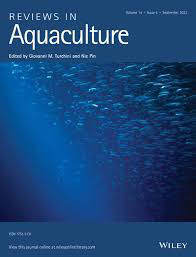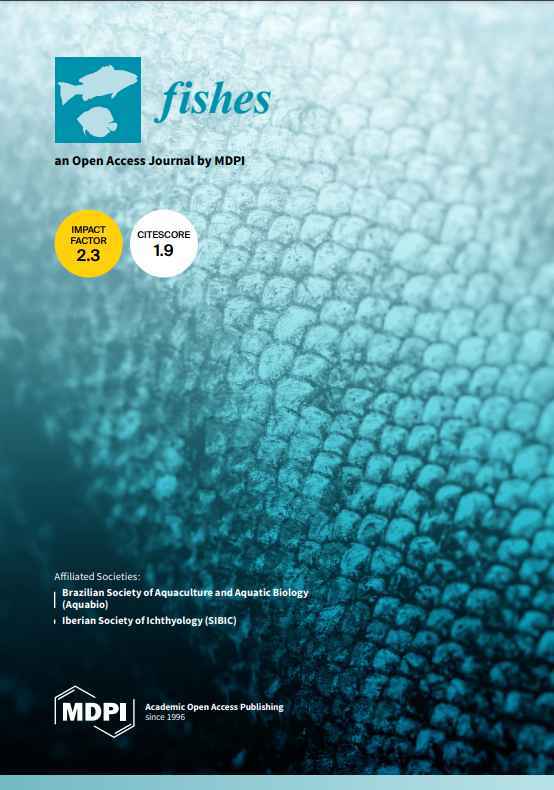Growth Performance, Digestive Enzyme Activities, and Oxidative Stress Markers in the Proximal Intestine of European Sea Bass (Dicentrarchus labrax) Fed High Starch or Lipid Diets

Abstract
The effect of different main dietary compositions on growth, anticipatory digestive enzyme activities, and oxidative status was studied in the proximal intestine of juvenile European sea bass. A control diet (C, 44% protein, 17.6% lipid, and 20% starch), three diets with increasing starch levels to test protein sparing (P36S36, P40S29, and P43S24), and two diets with high lipid content (L20S13 and L22S7) were tested. After 20 weeks, growth, digestive enzyme activities, lipid peroxidation, antioxidant enzyme activities, and G6PDH activity were measured after a 24-h fast. Sea bass fed P43S24 and L20S13 maintained an oxidative status like C fish, up-regulated CAT activity, and adjusted anticipatory protease activity. Instead, the lipid peroxidation increased in the L22S7 group, although CAT activity increased, whereas anticipatory total protease activity was downregulated. P40S29 also triggered LPO and CAT activity, but G6PDH levels diminished significantly. Moreover, an up-regulation in digestive enzyme activities was found. Finally, P36S36 fish showed less antioxidant enzyme activity and G6PDH, although their LPO tended to increase and their lipase and α-amylase activities were upregulated. In conclusion, the inclusion of carbohydrates up to 24% or lipids up to 20% is possible for this species if protein requirements are met without negative effects on growth.

